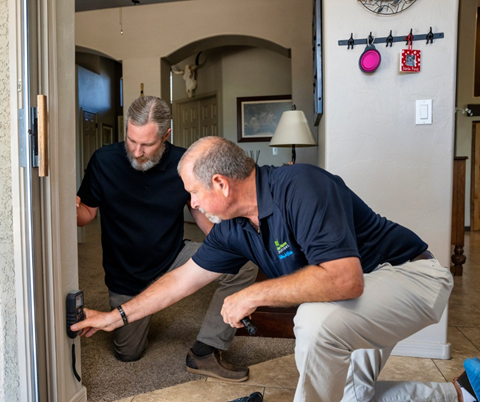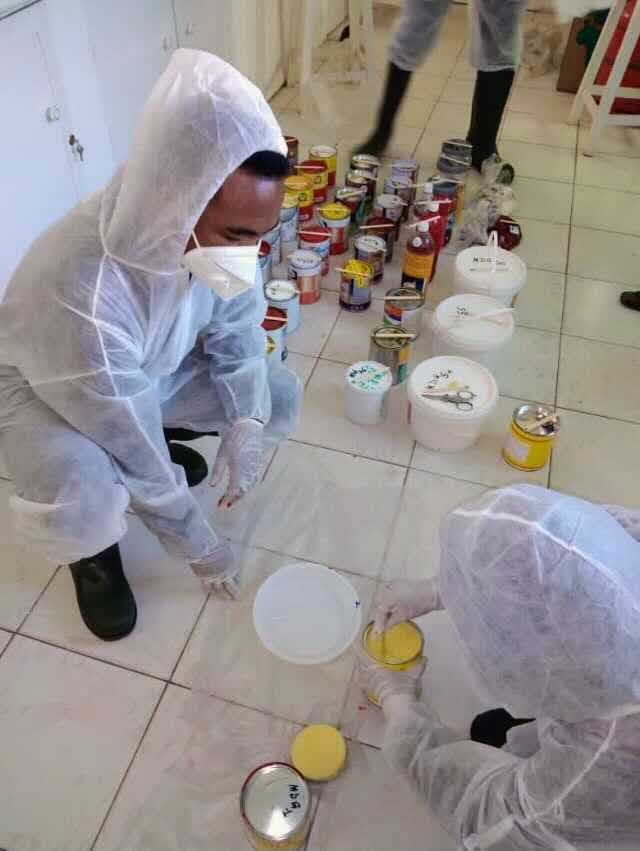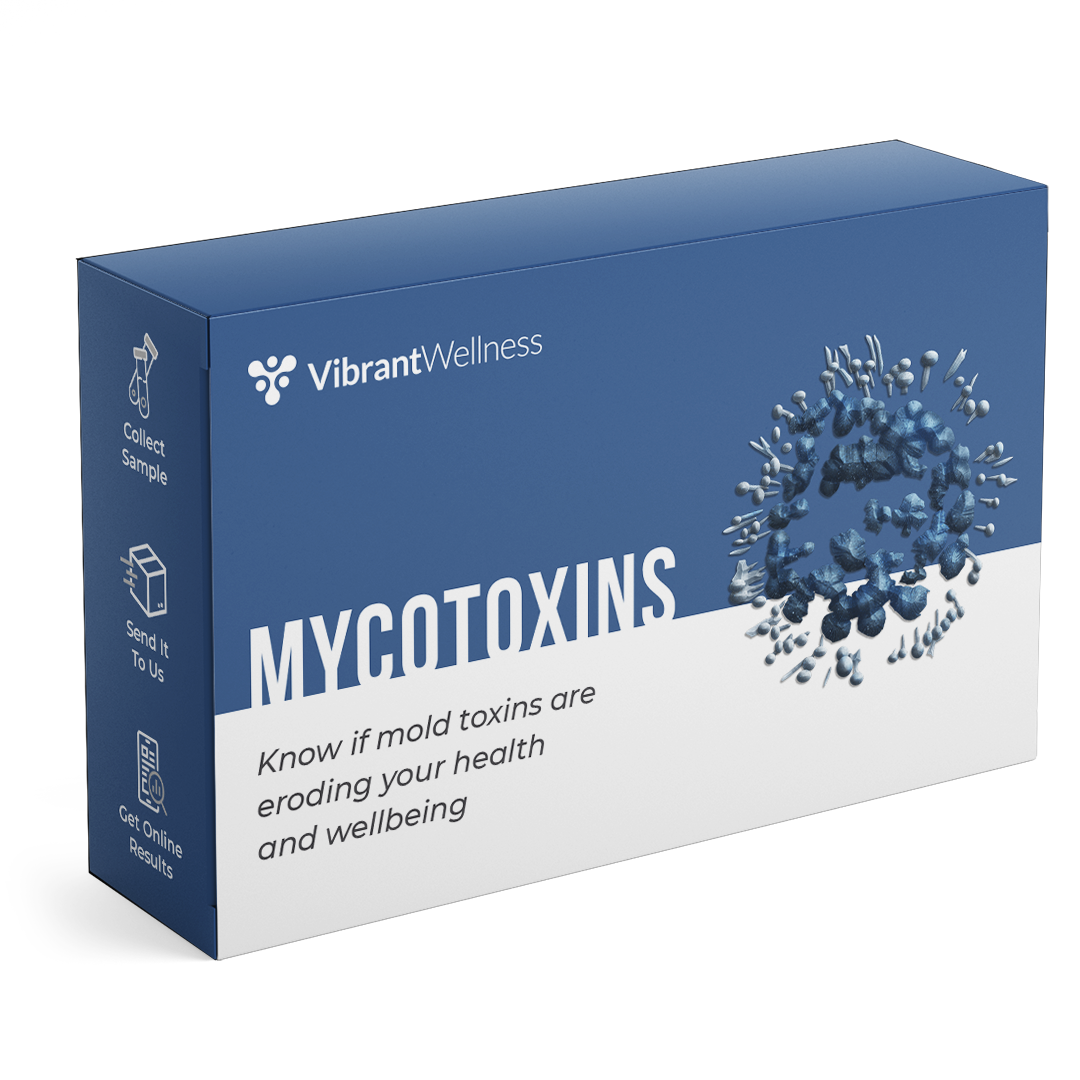Mycotoxin testing Services: A Key Part in Threat Monitoring Approaches
Mycotoxin testing Services: A Key Part in Threat Monitoring Approaches
Blog Article
The Necessity of Mycotoxin Examining in Agricultural Products to Make Certain Customer Safety And Security
The need of mycotoxin testing in farming items is an important facet of public health and wellness and safety and security that necessitates detailed evaluation. Mycotoxins, poisonous compounds created by specific fungis, can infiltrate different plants, leading to significant health and wellness dangers for customers, such as carcinogenic impacts and body organ damages.
Understanding Mycotoxins
Mycotoxins, harmful additional metabolites generated by certain fungi, provide a substantial risk to agricultural products and human health. These compounds are produced by various types of mold and mildews, such as Aspergillus, Fusarium, and Penicillium, which can contaminate plants both pre- and post-harvest - Mycotoxin testing Services. One of the most common mycotoxins consist of aflatoxins, ochratoxin A, fumonisins, zearalenone, and deoxynivalenol (DON)
Mycotoxin contamination can occur under particular ecological problems, such as high humidity and temperature level, which prefer the development of mold. Agricultural products like cereals, nuts, spices, dried out fruits, and coffee are specifically at risk. The existence of mycotoxins in these assets can lead to considerable economic losses due to reduced crop yields and the necessity for rigorous testing and purification procedures.
Comprehending the biochemical nature and formation of mycotoxins is important for developing effective reduction methods. Research has actually revealed that mycotoxins exhibit a range of chemical frameworks and properties, making discovery and elimination tough. Advanced analytical techniques, consisting of chromatography and mass spectrometry, are used to identify and measure mycotoxins in farming products, making certain that contamination levels remain within risk-free limits developed by regulatory bodies.
Wellness Risks of Mycotoxins
Offered the significant threats connected with mycotoxins in farming products, recognizing their effect on health is extremely important. Mycotoxins, harmful second metabolites produced by fungis, pose serious threats to both animal and human health. Persistent direct exposure, even at low degrees, can cause a range of negative health impacts, including teratogenicity, carcinogenicity, and immunosuppression. Aflatoxins, among one of the most notorious mycotoxins, are categorized as Team 1 health hazards by the International Firm for Research on Cancer Cells (IARC), largely impacting the liver and increasing the danger of hepatocellular cancer.
Intense mycotoxin poisoning, although less typical, can cause severe and prompt health problems such as liver damage, gastrointestinal disturbances, and hemorrhaging. Ochratoxin A, another potent mycotoxin, is connected to kidney damage and has possible carcinogenic impacts. On the other hand, fumonisins, mostly impacting maize, are related to esophageal cancer and neural tube problems.

Common Sources of Contamination
Recognizing the common resources of contamination is important for effectively taking care of and reducing the threats presented by mycotoxins. Mycotoxins are poisonous second metabolites produced by specific kinds of fungi, which can infect farming items at various phases of storage space, handling, and manufacturing. The primary resources of contamination consist of area problems, post-harvest handling, and storage atmospheres.
Field conditions play a significant role, with factors like weather, plant sensitivity, and dirt health and wellness influencing fungal growth. Crops such as corn, peanuts, wheat, and tree nuts are specifically at risk to mycotoxin-producing fungis like Aspergillus, Fusarium, and Penicillium species. Inadequate plant turning and bad insect management can exacerbate the threat of contamination.
Post-harvest handling is an additional critical point where contamination can happen. Mechanical damage throughout harvesting and transportation creates access points for fungi, while inappropriate drying out techniques can leave dampness degrees high enough to sustain fungal development.
Storage environments add substantially to official statement contamination risks. Poorly kept storage centers with high moisture and temperature degrees produce perfect problems for mycotoxin production. Normal examinations and appropriate storage space problems are important in suppressing this danger.
Mycotoxin Checking Methods
Efficient management of mycotoxin contamination pivots not only on recognizing prospective resources yet also on carrying out durable screening methods to discover these unsafe substances. Mycotoxin testing methods can be extensively classified right into immunochemical and chromatographic techniques.
On the other hand, enzyme-linked immunosorbent assay (ELISA) and lateral circulation assays project immunochemical methods. ELISA, specifically, is commonly utilized as a result of its cost-effectiveness, convenience of usage, and quick turn-around time. Side circulation assays provide quick, on-site screening capacities, making them suitable for field applications where instant choices are essential.
Additionally, developments in molecular biology have actually presented PCR-based approaches with the ability of detecting mycotoxin-producing fungi at genetic levels, offering a predictive method to contamination risk. Integrating these diverse methods improves the dependability and comprehensiveness of mycotoxin detection, guaranteeing that agricultural products fulfill safety and security criteria and shielding these details customers from prospective health and wellness risks.
Benefits of Normal Testing

Routine mycotoxin screening uses considerable benefits that considerably reinforce agricultural safety and security and high quality. Among the primary benefits is the protection of consumer wellness. Mycotoxins, harmful substances produced by specific fungis, can contaminate food and position significant health dangers, consisting of cancer and severe poisoning. Normal testing makes certain that polluted products do not reach customers, thereby reducing health dangers.
Furthermore, constant testing assists in preserving the honesty and credibility of agricultural producers. By rigorously checking and managing mycotoxin degrees, manufacturers can stay clear of pricey recalls and legal effects. This not just makes certain compliance with strict international safety standards but also cultivates customer depend on and loyalty.

Final Thought
The article source requirement of mycotoxin screening in farming items is underscored by the significant health risks posed by these hazardous substances. Ensuring consumer safety needs the identification and removal of contaminated products from the supply chain. Regular screening not only minimizes the risk of acute poisoning and chronic health issues but also supports compliance with safety standards. It improves the track record of producers and promotes depend on within the agricultural supply chain, ultimately safeguarding public health.
The necessity of mycotoxin testing in farming items is a crucial element of public health and wellness and safety that requires comprehensive examination. Mycotoxins, hazardous compounds generated by specific fungis, can infiltrate various plants, leading to significant wellness risks for customers, such as carcinogenic results and organ damages.Mycotoxins, harmful second metabolites created by particular fungi, offer a considerable threat to farming products and human health and wellness.Given the considerable threats connected with mycotoxins in farming products, comprehending their impact on health and wellness is paramount (Mycotoxin testing Services).The requirement of mycotoxin screening in agricultural items is emphasized by the considerable wellness risks positioned by these poisonous compounds
Report this page